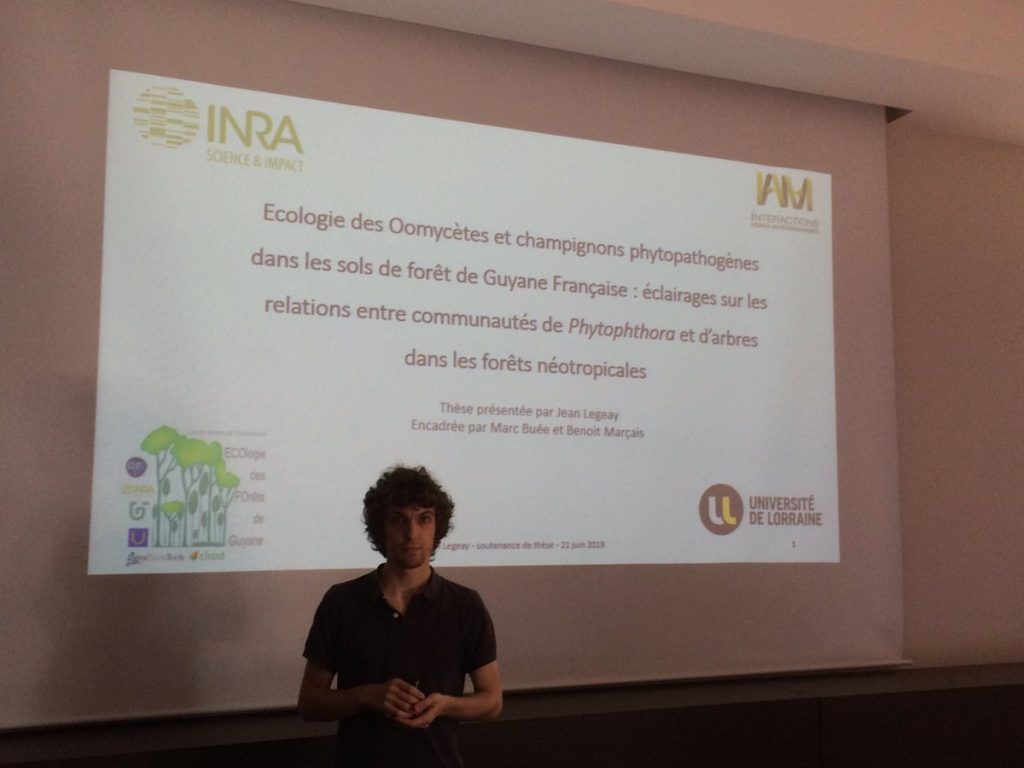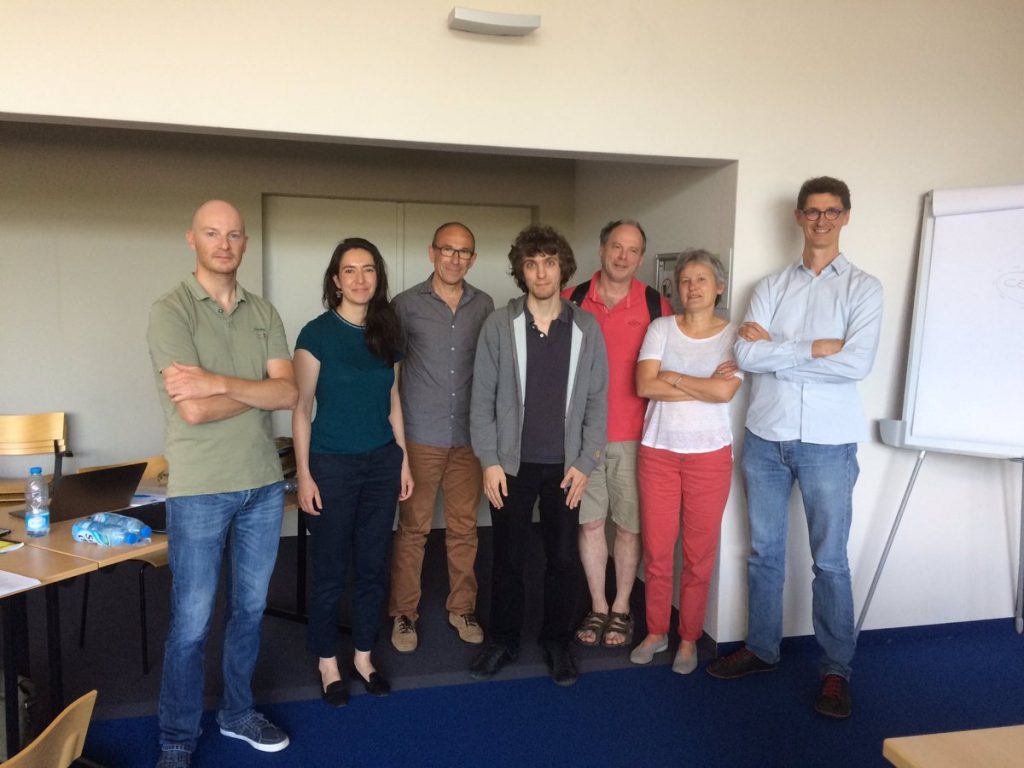Title of the thesis:
Study and inference
of dispersion during clonal colonization waves in the poplar rust fungus
Advisors:
Pascal FREY (Senior
scientist), director of the thesis
Fabien HALKETT (Junior
scientist), co-director of the thesis
Host laboratory
Department of Tree – Microbe Interactions, INRA / University of Lorraine, INRA Grand Est Nancy research centre, 54280 Champenoux
Funding : INRA and ANR (French National
Research Agency). Duration 3 years. Monthly net salary about €1400.
Thesis summary
The main objective
of this thesis is to study the conditions of emergence of spatial genetic
structures during waves of clonal propagation. The thesis proposes to explore
this question both theoretically, using simulation, but also empirically, using
datasets collected in a particular ecological system. This ecological system
allows us studying recurrent invasive dynamics. In the Durance River valley,
which forms a veritable ecological corridor, clonal epidemics of poplar rust
develop each year, spreading from upstream to downstream along the wild poplar
riparian forest. This ecological system has already been well described by the
host team and many data are available for the realization of the thesis. This
project aims to form an original and significant contribution, not only to the
study of clonal population genetics (with the ultimate goal of developing a
dispersion inference tool) but also in the field of propagation fronts, a field
that is currently very active but has remained mainly confined to theoretical
demonstrations.
Application
Send CV, cover
letter and contact details of two referees to Fabien Halkett (fabien.halkett@inra.fr) before September 1, 2019.
Required skills
The candidate should
have good skills in population genetics, modeling, ecology and evolutionary
biology. A strong taste for teamwork is essential. Knowledge of French will be
an asset.
————————————————————————————————-
Titre du sujet de thèse :
Etude et inférence de la dispersion lors de vagues de colonisation clonales chez un champignon phytopathogène responsable de la rouille du peuplier
Encadrants
:
Pascal FREY (DR2, HDR), directeur de la thèse
Fabien HALKETT (CRCN), co-directeur de la thèse
Laboratoire d’accueil :
UMR Interactions Arbres – Microorganismes
INRA/Université de Lorraine
Centre INRA Grand Est Nancy
54280 Champenoux
Université d’inscription de
l’étudiant en thèse : Université de Lorraine
Financement : INRA (Département EFPA) et ANR. Durée 3 ans. Salaire mensuel net environ 1400€.
Résumé de la thèse
L’objectif majeur de cette
thèse est d’étudier les conditions d’émergence de structures génétiques
spatiales lors de vagues de propagation clonale. La thèse se propose d’explorer
cette question à la fois sous l’angle théorique, à l’aide de simulations, mais
également sous l’angle empirique, à l’aide de jeux de données collectées dans
un système écologique particulier. Celui-ci présente l’avantage de pouvoir
étudier des dynamiques invasives récurrentes. Dans la vallée de la Durance, qui
forme un véritable corridor écologique, se développent chaque année des
épidémies clonales de rouille du peuplier qui se propagent d’amont en aval le
long de la ripisylve. Ce système écologique a déjà été bien décrit par l’équipe
d’accueil et de nombreuses données sont disponibles pour la réalisation de la
thèse. Ce projet a pour ambition de former une contribution originale et
significative, non seulement à l’étude de génétique des populations clonales
(avec pour but ultime de développer un outil d’inférence de la dispersion) mais
également dans le domaine d’étude des fronts de propagation, domaine
actuellement très actif mais qui est resté cantonné principalement à des
démonstrations théoriques.
Candidature :
Envoyer un CV, une lettre de motivation et les coordonnées de 2 personnes de référence à Fabien Halkett (fabien.halkett@inra.fr) avant le 1er septembre 2019.
Compétences recherchées
Le(la) candidat(e) devra avoir de bonnes compétences en génétique
des populations, modélisation, écologie et biologie évolutive. Un goût prononcé
pour le travail en équipe est indispensable.



